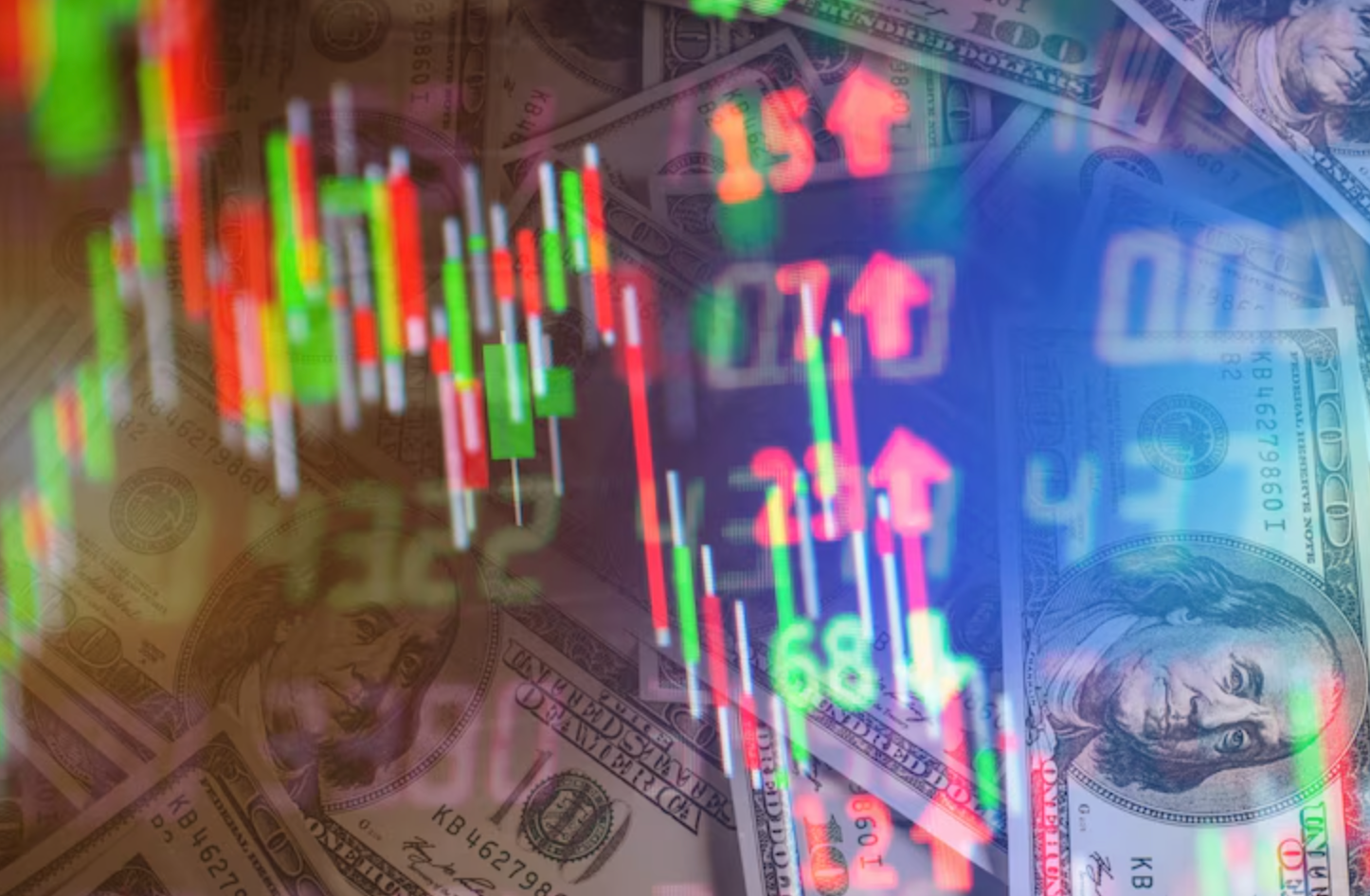
What is Stop Loss on Exness?
A Stop Loss is a trading tool that automatically closes a position when the price hits a predefined loss level. It’s designed to protect traders from losing more than they are willing to risk on a single trade.
Key Functions of Stop Loss on Exness
- Closes losing trades automatically at a set price
- Prevents emotional decision-making during volatility
- Works on all asset classes (forex, metals, crypto, etc.)
- Can be set manually or adjusted after trade is open
Example of Stop Loss Setup
Stop Loss is not guaranteed in extreme slippage or gaps but is respected in most normal conditions.
What is Stop Out on Exness?
The Stop Out level is a safety mechanism that automatically closes open trades if your margin level drops too low. It’s not something you set—it’s defined by Exness and based on your account type.
How Stop Out Works on Exness
- Triggered when margin level falls below a fixed threshold
- Protects your account from going negative
- Applies to all active positions—starting with the largest loss
- Margin level = (Equity / Margin) × 100
Stop Out Levels by Account Type
When margin falls below the Stop Out level, the system begins closing trades automatically.
What are Trading Signals on Exness?
Trading Signals are trade suggestions based on technical analysis or strategy models. They are available on Exness via third-party integrations (like MetaTrader signal services) or through the Social Trading app.
What Trading Signals May Include
- Entry price suggestions
- Take profit and stop loss levels
- Asset and timeframe details
- Performance metrics of the signal provider
Signal Provider Profile Elements
On Exness, traders can follow signals directly or use Social Trading to copy entire strategies.
Comparing the Three Tools Side by Side
Feature Comparison – Stop Loss, Stop Out, Signals
Each serves a different purpose but they are most effective when used together.
Strategy Tips for Using All Three
Best Practices for Using These Tools Together
- Always set a Stop Loss—even when using signals
- Monitor margin level to avoid Stop Out risk
- Evaluate signal providers carefully before copying
- Use a demo account to test signal performance
- Adjust Stop Loss as trade moves in your favor
Common Scenarios and How to Respond
Using these tools properly helps keep your trading balanced and controlled.
Conclusion
So, What is Exness Stop Out, Stop Loss and Trading Signals? They’re essential tools for managing open positions, protecting capital, and receiving guidance on trading opportunities. Each one plays a unique role in your daily decisions.
Stop Loss protects per-trade risk. Stop Out protects your account from going into deficit. And Trading Signals offer insight or automation. If you're active on Exness, understanding how and when these apply can make a measurable difference in your results.
Stop Loss protects per-trade risk. Stop Out protects your account from going into deficit. And Trading Signals offer insight or automation. If you're active on Exness, understanding how and when these apply can make a measurable difference in your results.
FAQ
Can I set Stop Loss and Take Profit at the same time on Exness?
Yes. You can define both at the time of placing a trade or adjust them later.
What happens if my trade hits the Stop Out level?
Your most unprofitable positions will be closed until the margin level recovers.
Where can I find trading signals on Exness?
You can access signals through the Exness Social Trading app or the MetaTrader platform.
Are signals guaranteed to be profitable?
No. Signals are based on historical strategies and market behavior but involve risk.
How do I avoid Stop Out?
Use smaller lot sizes, monitor equity levels, and avoid overleveraging your account.


